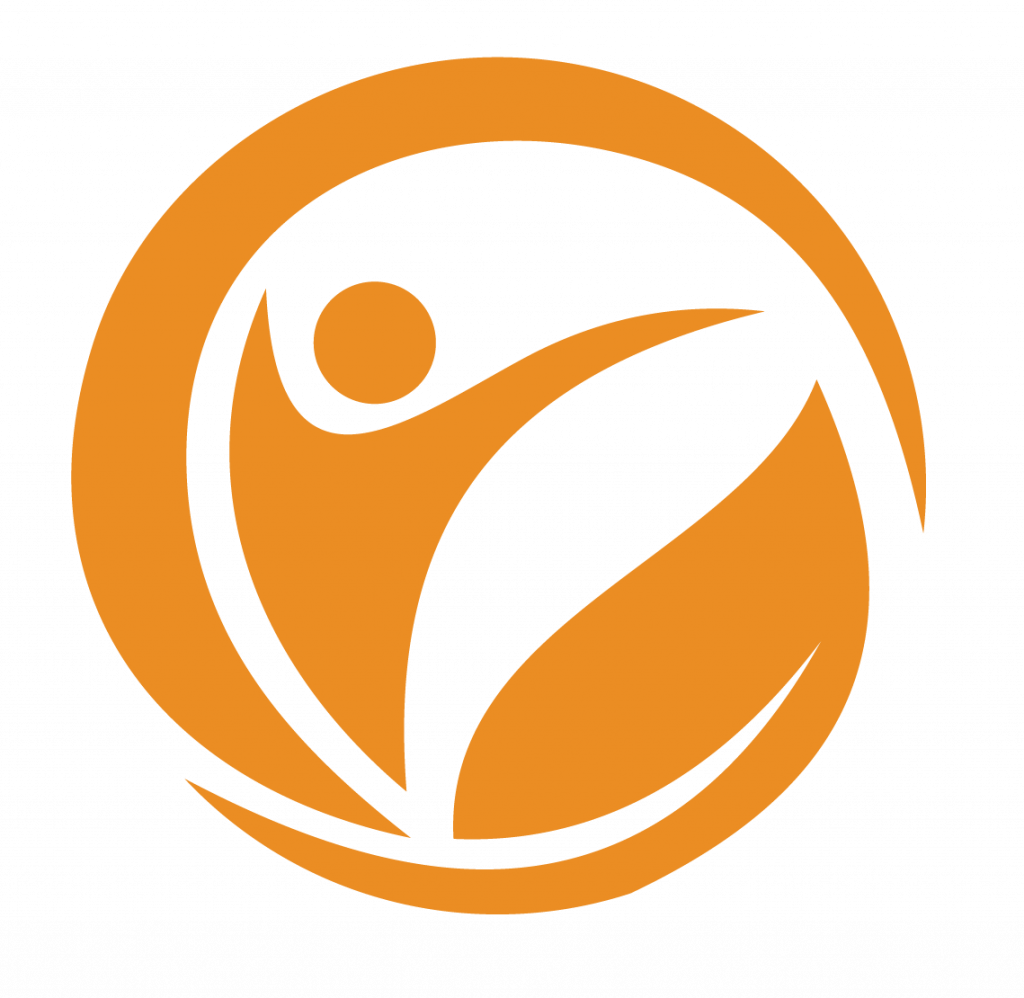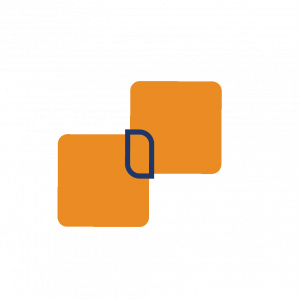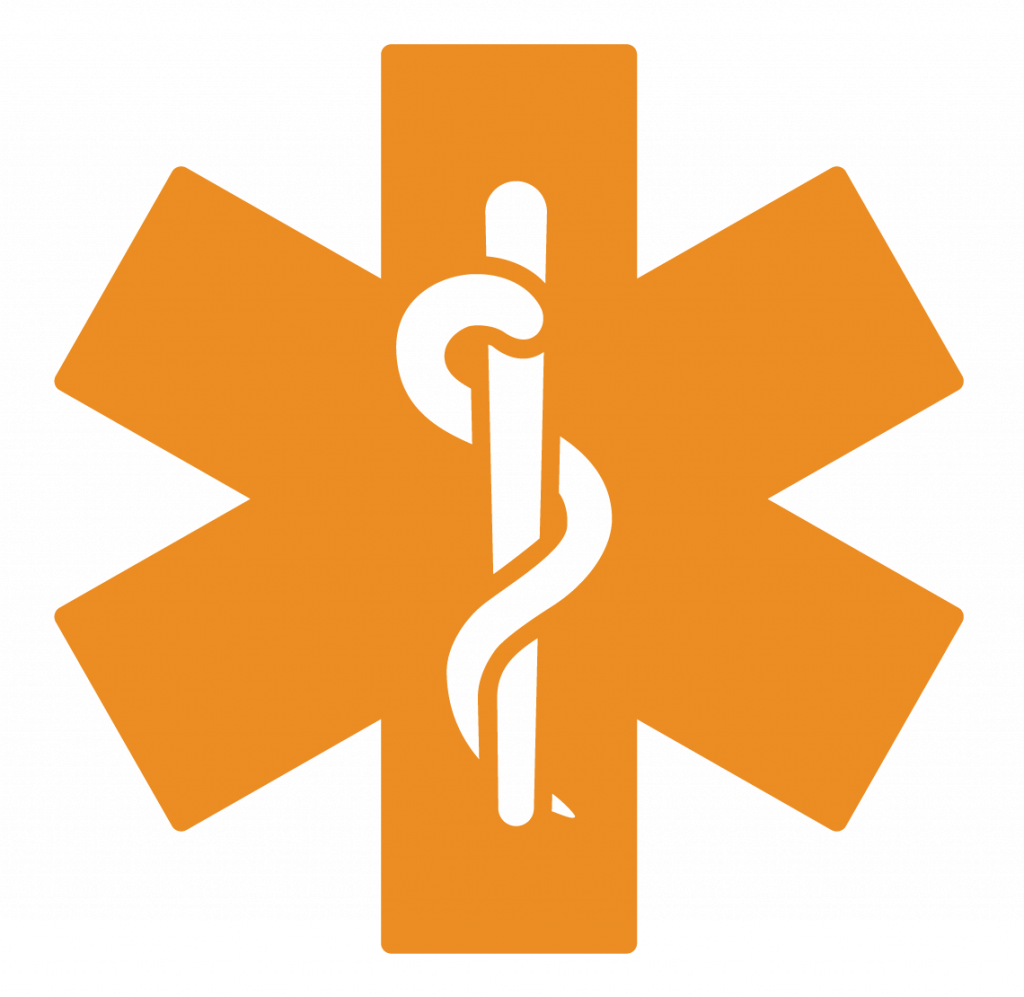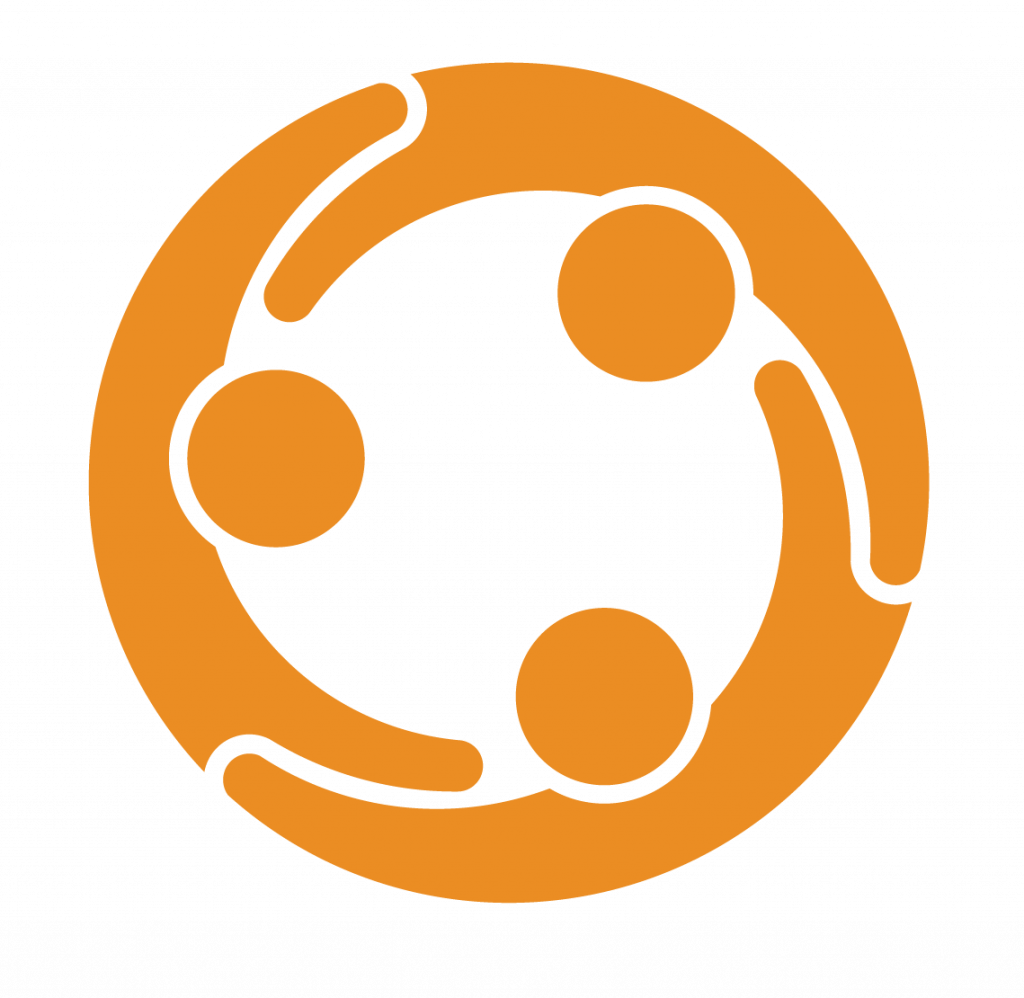To Buy Cleocin Online Visit Our Pharmacy ↓
 Cleocin for Acne: Benefits and Precautions
Cleocin for Acne: Benefits and Precautions
How Topical Antibiotic Targets Skin Bacteria Effectively 🔬
In a daily routine, a thin layer of gel seems unremarkable, yet it moves into hair follicles where the acne bacteria live. The topical molecule concentrates in oily skin, blocks bacterial protein production and weakens cell walls, lowering colony counts while limiting systemic exposure. That targeted action calms red, swollen bumps and shortens the time lesions need to heal, making results tangible.
By reducing bacterial load and local inflammation, the treatment helps prevent new lesions and eases existing ones, especially when used consistently. To preserve benefit, dermatologists often pair it with benzoyl peroxide to minimise resistance risk. Occassionally mild dryness or irritation appears, but correct dosing and moisturising often keep the experience tolerable and effective.
Top Benefits Users Report: Clearer, Calmer Skin ✨

After weeks of trying different treatments, many people describe a turning point when cleocin reduces inflammation and pustules, revealing smoother skin and fewer tender bumps. Users report Noticable shrinking of comedones, quicker lesion healing, and less redness; these changes often boost confidence and make makeup application easier. Some also notice improved texture and fewer post-inflammatory marks, though severe scarring may need other therapies.
Beyond visible clearing, patients say their skin feels calmer and less reactive; oiliness can decline and flare-ups occur less frequently. Results can appear within days to weeks, though benefits are best sustained when combined with gentle cleansing, sun protection, and occasional moisturizer to offset dryness. Discussing expectations with a prescriber helps avoid frustration and supports safe, long-term use. If irritation or no improvement occurs after two months, consult a clinician for alternative strategies and possible culture-guided care.
Proper Topical Application and Dosing Tips 📋
In the morning I smooth a pea-sized amount of cleocin onto cleansed skin, dotting acne-prone areas and letting it absorb before moisturizing. Apply thinly to dry skin once or twice daily as your dermatologist advises; too much won’t speed healing and may increase irritation.
Wash hands before and after, avoid eyes and mouth, use sunscreen; medication can heighten sun sensitivity. If irritation or worsening occurs, stop and call your provider; depending on severity, they may recomend an alternate regimen. Store at room temperature and keep out of reach of children.
Common Side Effects and When to Seek Help ⚠️

When you start a topical antibiotic like cleocin, your skin may react with mild irritation: dryness, redness, stinging or light peeling are common. These effects are usually transient and fade as your skin adjusts, but watch for severe symptoms such as a spreading rash, hives, facial swelling, or breathing difficulty — signs of an allergic reaction that require immediate medical attention. Also seek help for persistent severe pain, fever, or bloody diarrhea.
Practical steps can reduce risk: apply a layer to clean, dry skin, avoid contact with eyes and lips, use sunscreen; treatments increase sun sensitivity. Avoid combining harsh actives untill you know how your skin tolerates therapy; pairing with benzoyl peroxide helps prevent resistance. If irritation is persisting or severe, stop use and consult your clinician — pregnant or breastfeeding individuals should receive advice. Occassionally, a patch test helps.
Drug Interactions, Antibiotic Resistance, and Warnings 🧪
I started using cleocin on my chin and learned fast that topical antibiotics play by rules: avoid mixing with certain topical retinoids and benzoyl peroxide unless guided by a provider. Teh risk of reduced effectiveness when overused means follow dosing and duration.
If irritation, spreading redness, or fever develop stop use and call your clinician — systemic antibiotics or interactions with oral meds can complicate care. Also beware that bacteria can adapt; finish prescribed course and consult if improvement isn't clear within weeks. For persistent acne, seek specialized dermatology consult promptly.
Lifestyle Tweaks and Alternatives to Boost Results 🌿
Think of your skin as a neighborhood where balance matters; Teh changes in diet, sleep, and stress can tip things toward fewer breakouts. Swap heavy creams for noncomedogenic moisturizers, limit dairy and high-glycemic foods if they trigger flares, and keep workouts followed by gentle cleansing. Hydration and consistent sleep restore barrier function, while avoiding picking prevents scarring and spreads fewer bacteria.
Complement topical therapy with short courses of chemical exfoliants like salicylic acid or azelaic acid for oil control and inflammation reduction, and consider probiotics or zinc supplements after discussing with your clinician. Patch-test new products, use sunscreen daily, and follow prescribed dosing to reduce resistance. Habits amplify medicated results and make improvement more sustainable.DailyMed - CleocinPubMed - clindamycin topical












